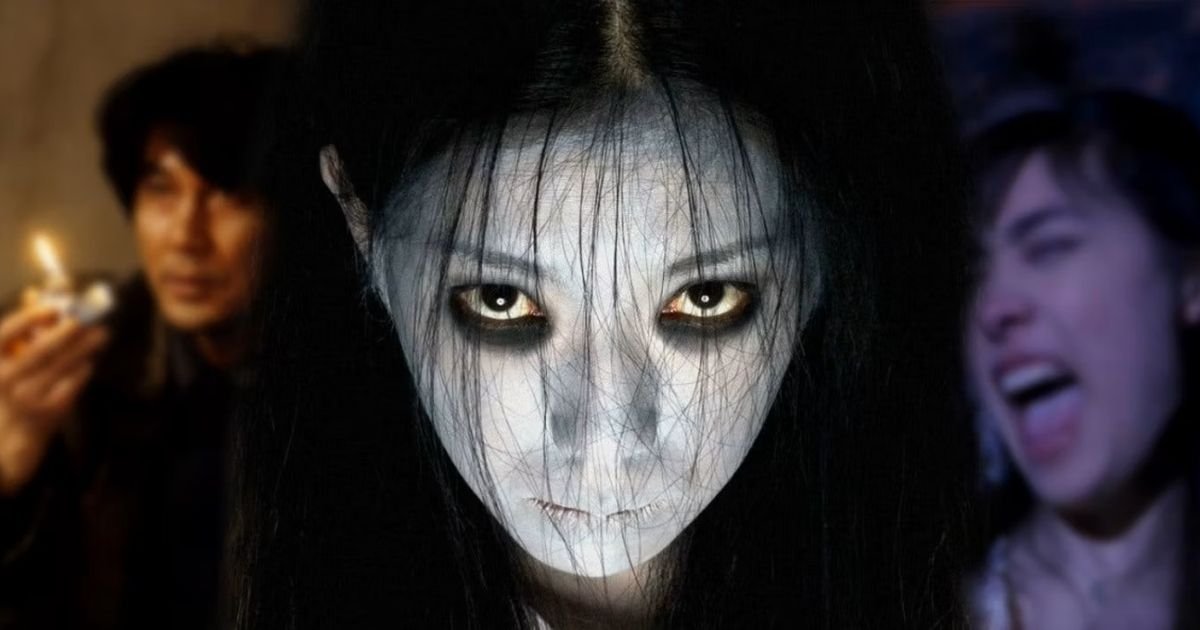The Venice Film Festival, one of the most influential film festivals in the world, has played a significant role in propelling Japanese films onto the international stage. Through the years, it has served as a global platform where the brilliance of Japanese directors, from Akira Kurosawa to contemporary filmmakers, has been celebrated. The festival has helped foster recognition of Japanese cinema, transforming local films into international sensations.
1. Akira Kurosawa and Venice: A Groundbreaking Moment
In 1951, Akira Kurosawa’s “Rashomon” made history by winning the Golden Lion at the Venice Film Festival. This monumental moment is often credited as the start of global interest in Japanese cinema. Before “Rashomon,” Japanese films were largely unknown to Western audiences, but this victory marked the beginning of a new era.
Impact of “Rashomon”:
- It introduced the world to Kurosawa’s masterful direction and complex storytelling techniques.
- The success of “Rashomon” opened the doors for other Japanese filmmakers to present their work internationally, with Venice becoming the launchpad.
2. Venice as a Platform for Japanese Masterpieces

The Venice Film Festival has continuously recognized the artistic and cultural contributions of Japanese cinema. Films from directors like Takeshi Kitano, Hirokazu Kore-eda, and Kiyoshi Kurosawa have gained critical acclaim at the festival. Venice has served as a gateway for Japanese filmmakers, allowing their films to be distributed and appreciated worldwide.
Key Films at Venice:
- Takeshi Kitano’s “Hana-bi” (1997) won the Golden Lion, solidifying his place as one of Japan’s most important filmmakers on the global stage.
- Hirokazu Kore-eda’s humanistic films, such as “Our Little Sister” (2015), have also resonated with international audiences after being showcased at Venice.
3. Venice and the Renaissance of Japanese Cinema
Japanese cinema has undergone several renaissances, and the Venice Film Festival has been a key promoter during these waves of innovation. Whether it is genre-defining classics or bold new visions, the festival has embraced Japanese cinema’s ability to blend traditional storytelling with modern aesthetics.
Examples of Renaissance Films:
- “13 Assassins” (2010), a period film by Takashi Miike, gained international acclaim after being screened at Venice, highlighting how the festival continues to introduce bold new work from Japan to the world.
- Shinya Tsukamoto, known for his avant-garde style, also found international acclaim with his films showcased at Venice.
4. Bridging Cultures through Cinema
Venice’s international platform has been instrumental in introducing uniquely Japanese cultural stories to a global audience. Films that explore Japanese heritage, societal norms, and traditional values have struck a chord with diverse audiences, highlighting the power of film as a cultural bridge.
Notable Films:
- “The Twilight Samurai” (2002), directed by Yoji Yamada, brought the Japanese samurai film genre to modern audiences, gaining praise at Venice for its emotional depth and cultural authenticity.
- “Zatoichi” (2003) by Takeshi Kitano, blending traditional Japanese cinema with a contemporary twist, won accolades at the festival, further enhancing the cultural exchange.
5. Venice’s Role in Showcasing Japanese Genre Films
Venice has played an essential role in spotlighting various Japanese genre films, including horror, anime, and experimental cinema. The festival’s appreciation for innovation and creativity has helped elevate genres that may have been overlooked by more mainstream festivals.
Japanese Genre Highlights:
- “Ju-on: The Grudge” (2002) helped popularize Japanese horror globally, with its screening at Venice opening the door for international recognition of the genre.
- Anime films, such as Studio Ghibli’s classics, have also received attention at Venice, contributing to the global success of Japanese animation.
6. Promoting Female Japanese Directors
The Venice Film Festival has also been pivotal in shining a light on female Japanese directors, an underrepresented group in the film industry. Directors such as Naomi Kawase have found success at Venice, with the festival providing a platform for their films to reach an international audience.
Naomi Kawase’s Contribution:
- “Still the Water” (2014), which premiered at Venice, is a prime example of her delicate exploration of life and nature, earning her global recognition and acclaim.
- Kawase’s frequent appearances at Venice signal a growing appreciation for female voices in Japanese cinema.
7. Venice: A Continuing Advocate for Japanese Cinema
The Venice Film Festival continues to be a major supporter of Japanese films, recognizing the unique contributions of both emerging and established directors. As Japanese cinema evolves, Venice remains a crucial venue for filmmakers looking to showcase their work to a global audience.
Ongoing Impact:
- The festival has embraced both classic and contemporary Japanese cinema, helping to preserve its legacy and ensure its ongoing relevance.
- Venice’s platform ensures that Japanese films maintain a strong presence on the world stage, reaching audiences across Europe, the Americas, and beyond.
Conclusion
The Venice Film Festival has been instrumental in launching Japanese films into the global spotlight. From the groundbreaking success of Akira Kurosawa to the recognition of contemporary auteurs like Takeshi Kitano and Naomi Kawase, Venice has consistently promoted the rich and diverse landscape of Japanese cinema. The festival’s ongoing support ensures that Japanese films will continue to influence and inspire audiences around the world for years to come.










